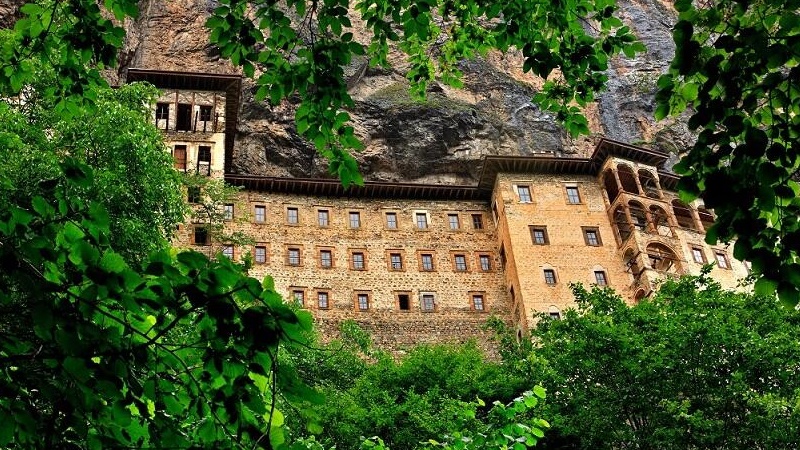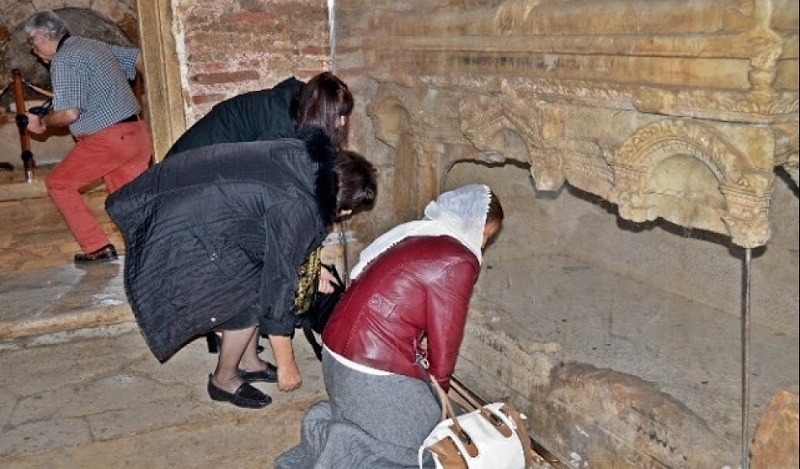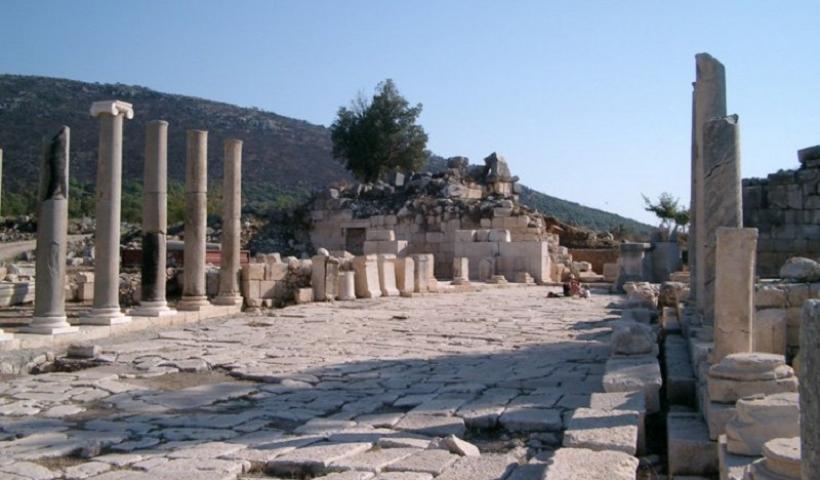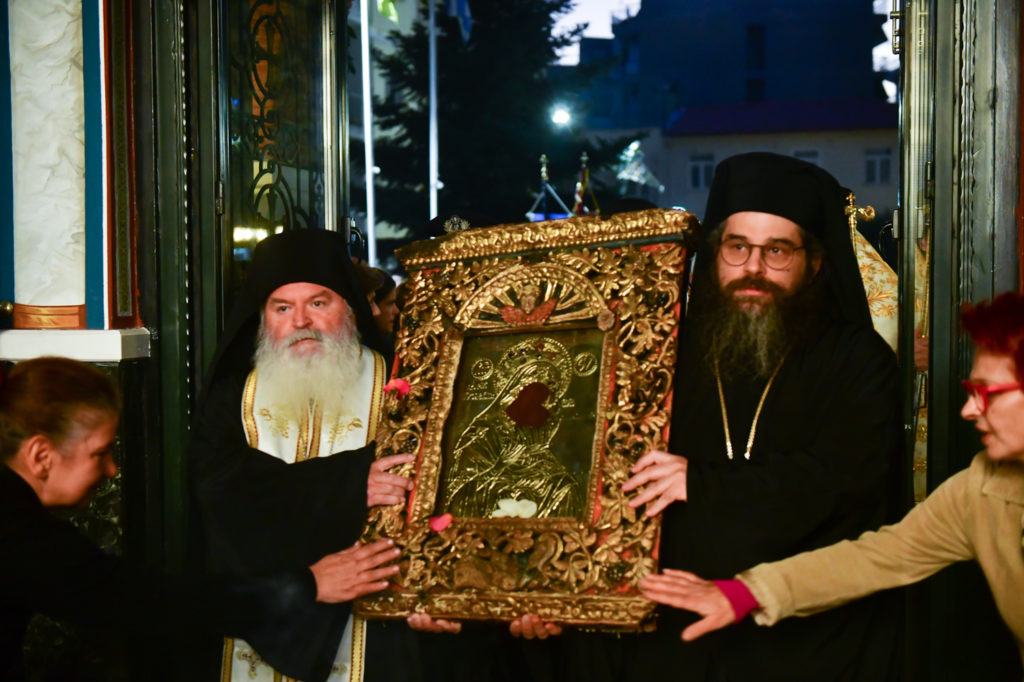Christian legacy, monuments feature prominently in Turkey’s latest tourism promotional campaign

The latest tourism promotional campaign by Turkey prominently features, among others, medieval Greek Orthodox churches, exquisite Christian icons and iconic Byzantine and Greco-Roman monuments, in various types of advertising. The campaign is part of an comprehensive and costly campaign to reverse negative international press over the recent period focusing on the predominately Muslim country, especially in the wake of Turkish interventions in northern Syria and a continuing crackdown on perceived dissent within the country against the Erdogan presidency.
Images showing the cultural legacy left by nearly two millennia of Christianity and the 1,000-year Byzantine empire aim to reach the largest possible global audience, and to showcase the glorious civilizations of Asia Minor and the Near East.
As previously reported, Turkey’s culture ministry has accelerated restoration works at the historic Panaghia Soumela monastery, in the mountainous Pontus region of northeast Asia Minor, which hugs the southern Black Sea coast.
The goal remains to reopen the cliff-side monastery complex on May 18, 2020, coinciding with International Museum Day.
The monastery was evacuated by Greek Orthodox monks, mostly natives of the Pontus region, in 1922, with the Turkish state subsequently taking control of the iconic monastic complex and turning it into a museum.
Another prominent site in the Turkish tourism campaign is the so-called “Dark Church of Cappadocia”, a monastic compound built in the 11th century in the eponymous central Asia Minor region. The latter has been declared a UNESCO World Heritage Site since 1985.



H αναδημοσίευση του παραπάνω άρθρου ή μέρους του επιτρέπεται μόνο αν αναφέρεται ως πηγή το ORTHODOXIANEWSAGENCY.GR με ενεργό σύνδεσμο στην εν λόγω καταχώρηση.
Ακολούθησε το ORTHODOXIANEWSAGENCY.gr στο Google News και μάθε πρώτος όλες τις ειδήσεις.


















